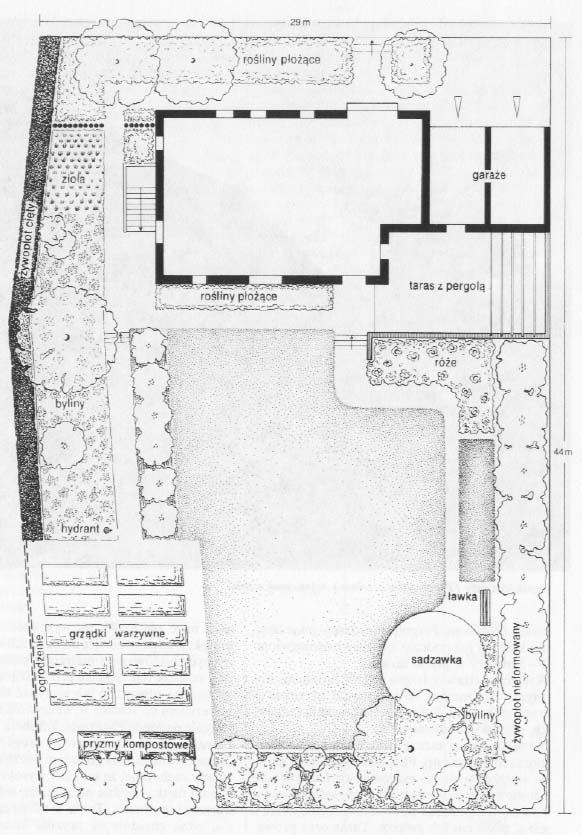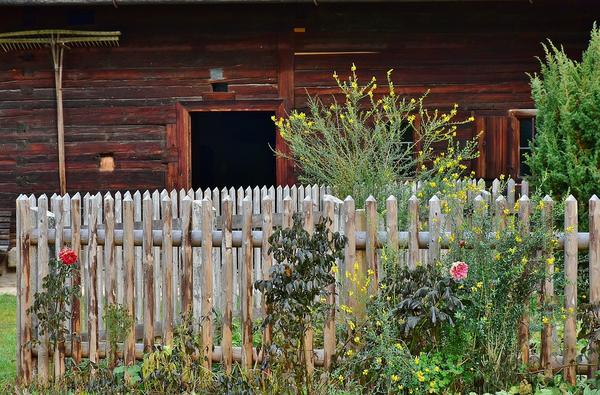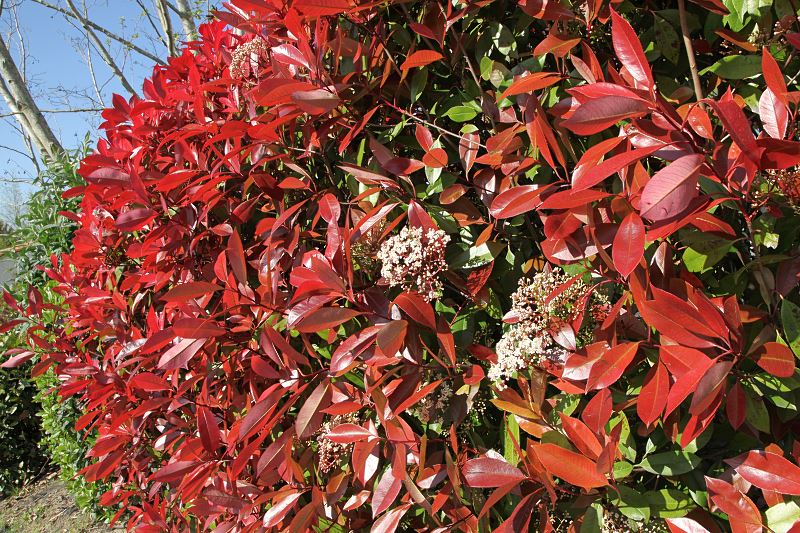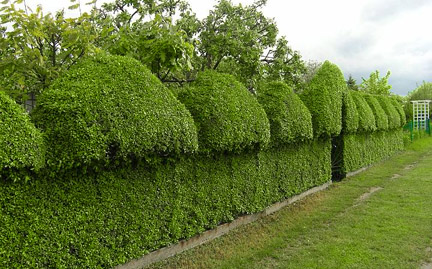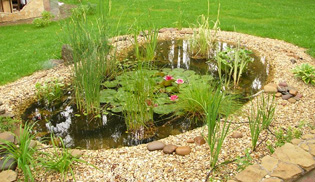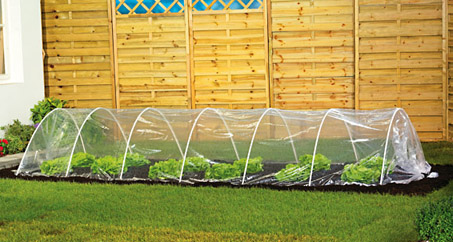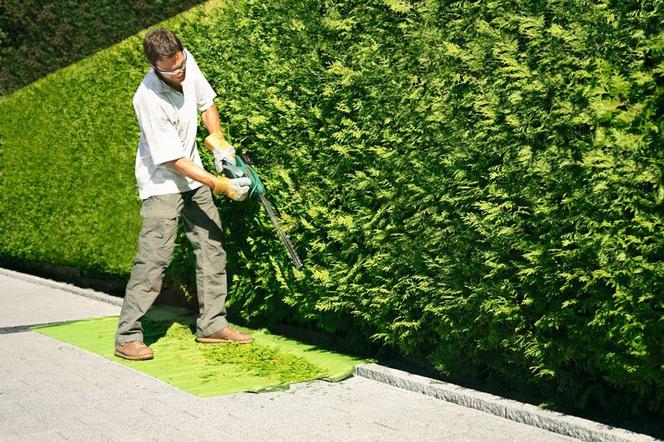 Żywopłot. Urządzanie ogrodu powinniśmy zacząć od założenia żywopłotu. Mogą go tworzyć drzewa lub krzewy jednego gatunku, gęsto posadzone i często przycinane, lub równo i luźno posadzone różne gatunki drzew i krzewów. Pod osłoną żywopłotu można uprawiać rośliny użytkowe.
Żywopłot. Urządzanie ogrodu powinniśmy zacząć od założenia żywopłotu. Mogą go tworzyć drzewa lub krzewy jednego gatunku, gęsto posadzone i często przycinane, lub równo i luźno posadzone różne gatunki drzew i krzewów. Pod osłoną żywopłotu można uprawiać rośliny użytkowe.
Przestrzeń wydzielona przez „żywy płot” stanowi niejako odrębny ekosystem i nie zakłóca krajobrazu. Żywopłot nie tylko wpływa na ruch powietrza i temperaturę w ogrodzie, ale jest siedliskiem różnych pożytecznych zwierząt.
Tunel foliowy. Jest najtańszym środkiem pomocniczym przeznaczonym do ochrony roślin przed nie sprzyjającą pogodą i pozwalającym przyspieszyć ich uprawę. W tunelach foliowych można uzyskać zbiory o 2—3 tygodnie wcześniej niż w gruncie, ponieważ w ciągu dnia temperatura znacznie się w nich podwyższa, a w nocy tylko nieznacznie spada.
Szkielet tunelu buduje się z metalowych prętów o średnicy 8 mm lub z mocnych pałąków drucianych. Pręty wbija się w ziemię na głębokość około 30 cm. Folię kupuje się w formie rękawa różnej szerokości, najczęściej 0,4—1,2 m. Wymiary tunelu foliowego dostosowuje się do wielkości grządki. Bardzo wygodne w użyciu są kołpaki lub małe tunele przenośne. Nadają się one głównie do produkcji rozsad i niskich roślin. Mała szklarnia. Plony ze szklarni są zawsze lepsze niż z upraw polowych czy z inspektu, zarówno pod względem ilości, jak i jakości. Szklarnię można wykorzystać jako:
— zimną, bez ogrzewania;
— umiarkowanie ogrzewaną (temperatura zimą powyżej 0°C);
— ogrzewaną co najmniej do 15°C.
Tylko w dobrze ogrzewanej szklarni można uprawiać z powodzeniem np. ogórki przy sznurach. Wskazane jest przedzielenie szklarni na dwie części. Umożliwia to oddzielenie uprawy ogórków od pomidorów, każdy bowiem z tych gatunków ma inne wymagania wilgotnościowe i cieplne. Szklarnie można budować jako wolno stojące lub przylegające do południowej ściany budynku z dachem o jednostronnym spadku. Wykorzystanie ściany budynku zmniejsza koszt budowy szklarni.
Sad. W większych ogrodach drzewa i krzewy owocowe można uprawiać w specjalnie wydzielonej części ogrodu. W małych wykorzystuje się różne skrawki terenu, skarpy oraz zakątki do sadzenia drzew i krzewów, co sprawia, że odgrywają także rolę dekoracyjną. Krzewami owocowymi można również obsadzać granicę ogrodu lub poszczególne kwatery, np. oddzielić warzywnik od pozostałej części. Drzewa owocowe można prowadzić w formie szpaleru przy drutach lub kształtować kulisty pokrój koron. Drzewa wysokopienne, wolno stojące mogą ocieniać miejsce zabaw dzieci, można je też posadzić na trawniku lub na tle ściany domu. Na zaspokojenie potrzeb konsumpcyjnych jednej osoby wystarcza średnio jedno drzewo i dwa krzewy albo 20—25 m2 upraw sadowniczych. Dla czteroosobowej rodziny potrzeba więc około 100 m2.

